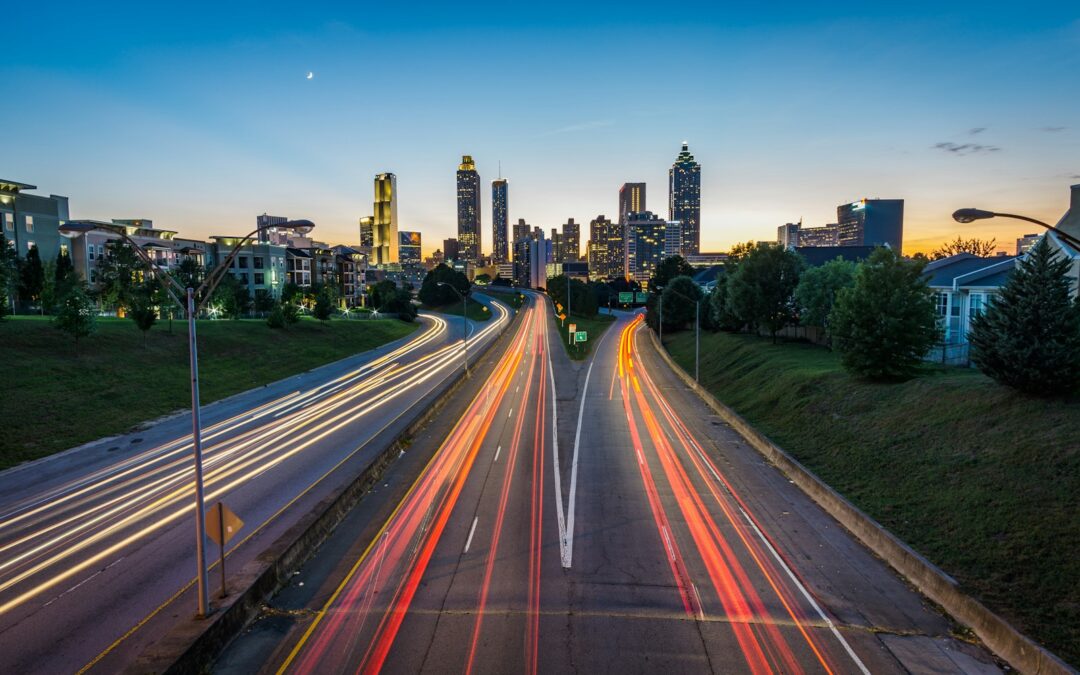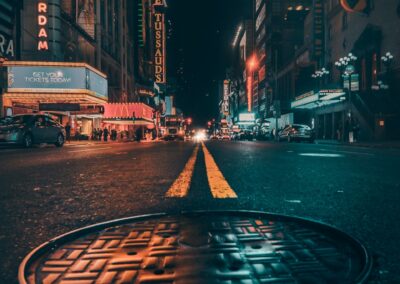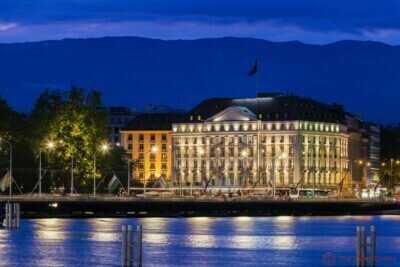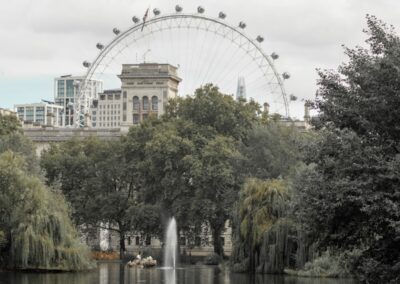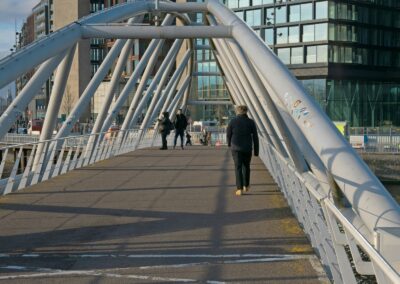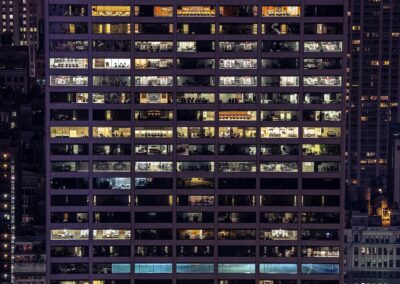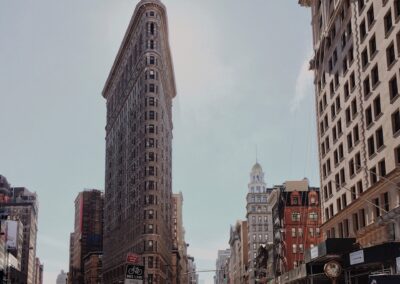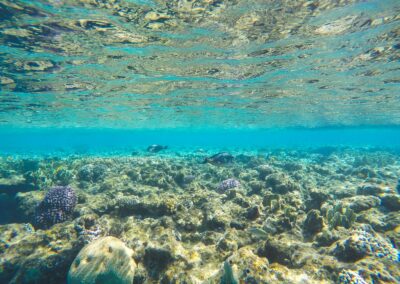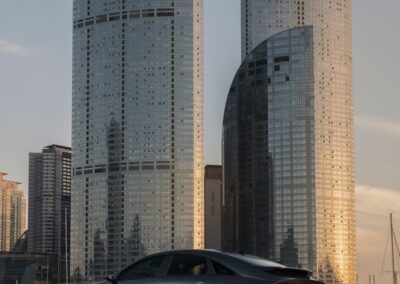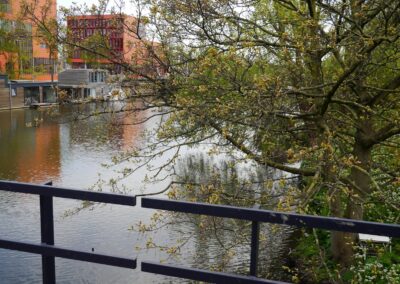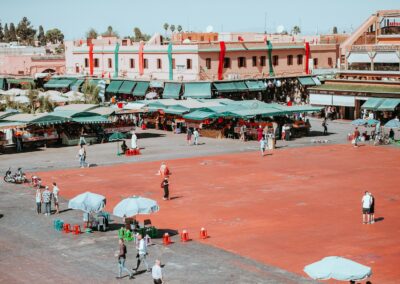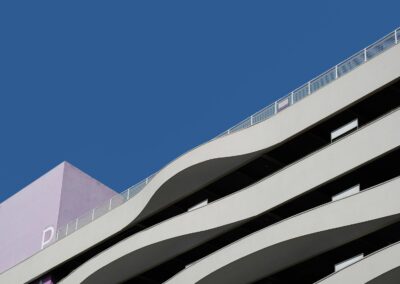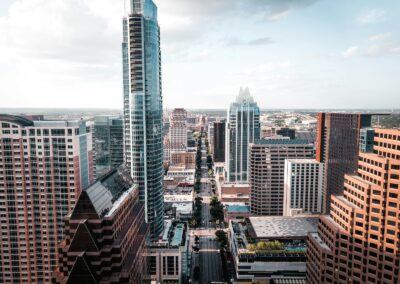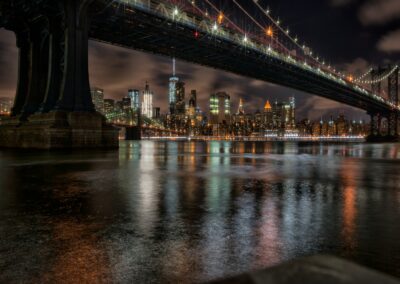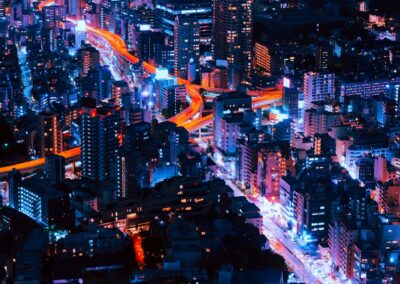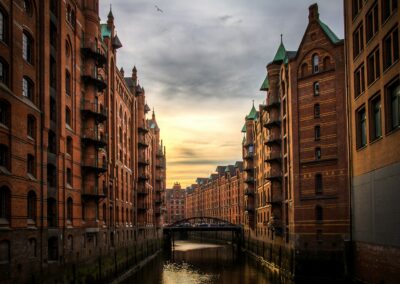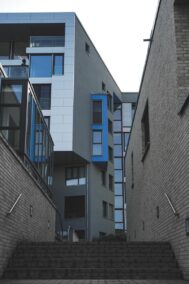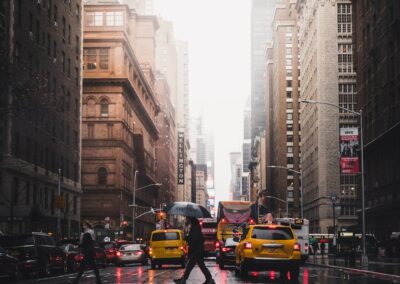Innovative Solutions for Sustainable Urban Planning
Introduction to Floating Urban Areas
The concept of floating urban areas and connectivity is gaining traction as a revolutionary approach to urban planning, especially in regions facing space constraints and rising sea levels. Cities like Riyadh and Dubai are at the forefront of modern urban development, exploring innovative solutions to accommodate growing populations while ensuring sustainability. Floating urban areas, built on platforms or artificial islands, present a viable solution for expanding urban space without compromising the natural environment.
Floating urban areas offer several advantages, including adaptability to changing sea levels and the ability to create new land where traditional construction is not feasible. These developments can support residential, commercial, and recreational spaces, making them self-sufficient and sustainable. However, one of the critical challenges of floating urban areas is ensuring efficient transportation and connectivity with the mainland and other floating communities.
Transportation and connectivity are vital for the success of floating urban areas. Efficient transport systems enable the movement of people, goods, and services, which is essential for economic growth and social integration. In cities like Riyadh and Dubai, where connectivity is a key component of urban planning, innovative solutions are required to address the unique challenges posed by floating urban developments.
Challenges of Transportation and Connectivity
The transportation challenges of floating urban areas are multifaceted and require comprehensive planning and technological innovation. One of the primary challenges is ensuring reliable and efficient transport links between floating urban areas and the mainland. Traditional transportation infrastructure, such as roads and bridges, may not be feasible or cost-effective in this context.
Water-based transportation, such as ferries and water taxis, is a common solution for connecting floating urban areas with the mainland. However, these modes of transport must be efficient, frequent, and capable of handling large volumes of passengers and goods. Ensuring safety and reliability in water-based transportation is also crucial, especially in regions prone to extreme weather conditions.
Another challenge is integrating floating urban areas into the broader transportation network of the city. This involves connecting water-based transport with land-based systems such as buses, trains, and trams. Seamless integration ensures that residents and visitors can easily move between floating and mainland areas, enhancing the overall connectivity and accessibility of the city.
Furthermore, maintaining connectivity between multiple floating communities poses additional challenges. These communities must be connected not only to the mainland but also to each other, creating a network of floating urban areas. This requires innovative infrastructure solutions and coordination between different urban developments.
Innovative Connectivity Solutions for Floating Urban Areas
Addressing the connectivity challenges of floating urban areas requires innovative solutions that leverage modern technology and smart urban planning. One promising approach is the use of autonomous water-based transport systems. Autonomous ferries and water taxis can operate continuously and efficiently, reducing the need for human operators and increasing the frequency and reliability of services.
Artificial intelligence (AI) and the Internet of Things (IoT) can enhance the efficiency of these transport systems. AI algorithms can optimize routes, schedules, and maintenance, ensuring that transport services are always available when needed. IoT sensors can monitor weather conditions, water levels, and traffic patterns, providing real-time data to improve safety and performance.
Incorporating renewable energy sources into transportation infrastructure is another innovative solution. Solar-powered boats and electric ferries can reduce the environmental impact of water-based transport, contributing to the sustainability goals of floating urban areas. In sunny regions like Riyadh and Dubai, solar energy is a particularly viable option for powering transport systems.
Building modular and flexible transport infrastructure is also essential. Floating docks, pontoons, and bridges can be used to create temporary or permanent connections between floating urban areas and the mainland. These structures can be easily relocated or reconfigured as needed, providing a flexible solution to the dynamic needs of urban development.
The Role of Leadership and Management in Floating Urban Developments
Effective leadership and management are crucial for the successful implementation of floating urban areas and connectivity solutions. Business executives, urban planners, and project managers must work collaboratively to develop and execute comprehensive strategies that address the transportation and connectivity challenges of these unique urban environments.
Leadership involves setting a clear vision and goals for floating urban developments. This includes prioritizing sustainability, innovation, and inclusivity in all aspects of planning and implementation. Leaders must engage with stakeholders, including government agencies, technology providers, and local communities, to ensure that the needs and expectations of all parties are met.
Project management skills are essential for coordinating the various elements of floating urban developments. Managers must oversee the design, construction, and operation of transport infrastructure, ensuring that projects are completed on time and within budget. This involves working closely with architects, engineers, and technology experts to integrate advanced solutions and achieve seamless connectivity.
Stakeholder engagement and community involvement are also critical components of effective management. Business leaders and urban planners must engage with residents and local businesses to understand their needs and preferences. This collaborative approach can lead to more responsive and inclusive transport solutions, enhancing the overall success of floating urban developments.
Conclusion: Building Sustainable and Connected Floating Urban Areas
The floating urban areas and connectivity solutions offer a promising approach to addressing the challenges of urbanization and climate change. By leveraging modern technology and innovative planning, cities like Riyadh and Dubai can create sustainable and inclusive urban environments that meet the needs of diverse populations.
Efficient transportation and connectivity are essential for the success of floating urban areas. Autonomous transport systems, renewable energy, and modular infrastructure can provide reliable and sustainable connections between floating communities and the mainland. Effective leadership and management are crucial for developing and implementing these solutions, ensuring that floating urban developments contribute to the long-term growth and resilience of cities.
As urbanization continues to reshape our cities, floating urban areas offer a forward-thinking solution to the challenges of space constraints and environmental sustainability. By prioritizing connectivity and sustainability, we can build urban environments that are not only efficient and resilient but also inclusive and supportive for all residents.
—
#FloatingUrbanAreas #ConnectivitySolutions #TransportationChallenges #UrbanPlanning #SustainableCities #ModernTechnology #ArtificialIntelligence #SmartCities #SaudiArabia #UAE #Riyadh #Dubai #BusinessSuccess #Leadership #ManagementSkills #ProjectManagement

